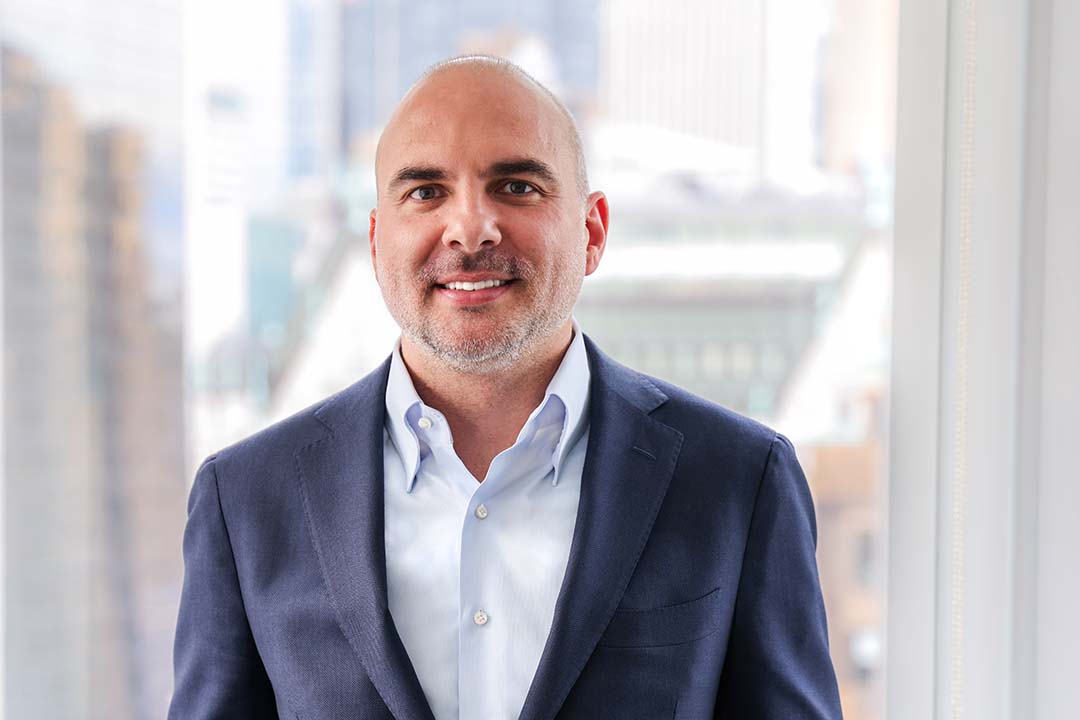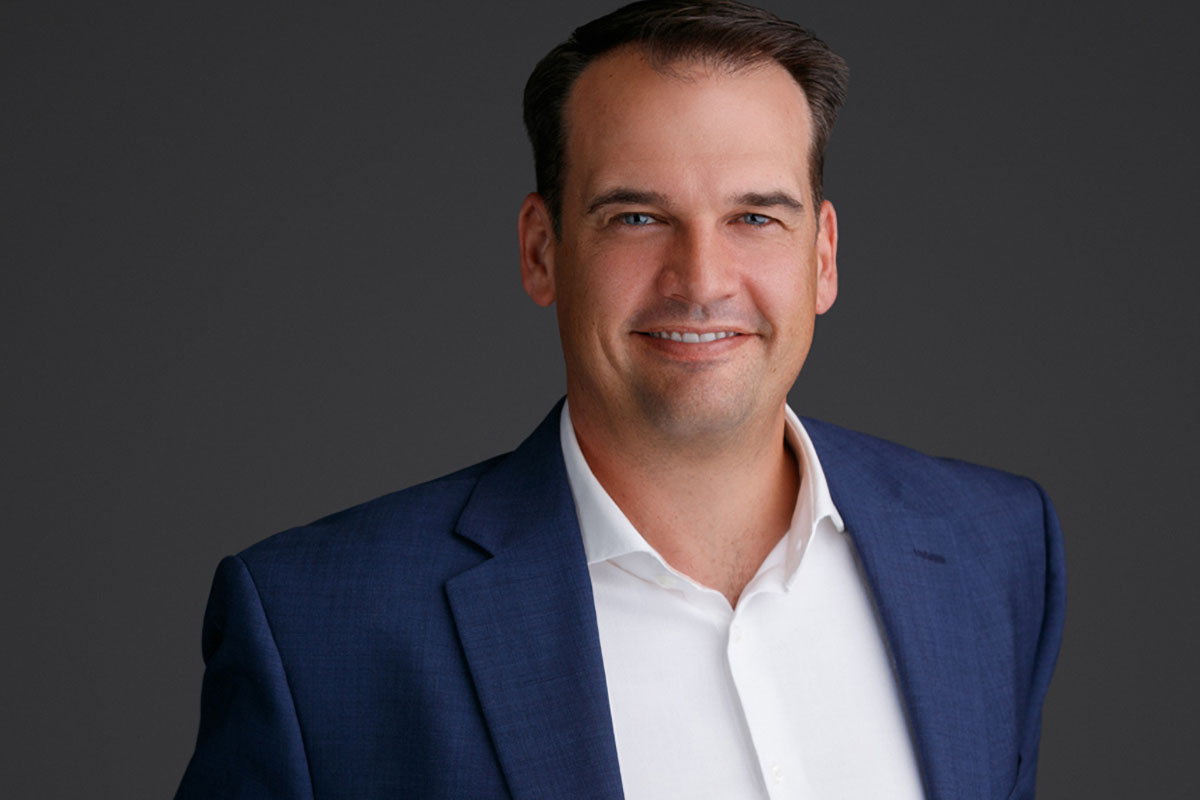It’s been nearly a decade since my partners and I launched Roc360. I’ve been reflecting a lot recently on the changes in the private lending industry as well as my own path within the space. The two points that stand out most for me are (1) it is always possible to restart and reinvent yourself, and (2) if you reinvent yourself, choose a space that will appreciate your talents and is ripe for change.
As is the case for most people, a few serendipitous events brought me to where I am today. I went to business school because I was really good at math in high school. I got accepted to NYU, and a classmate who happened to be the swimming instructor for the person who ran one of the most successful portfolio management teams on Wall Street was hired for a part-time gig while still in school. When my classmate became overwhelmed with the workload, he suggested I apply for a part-time role as well. The three of us are partners and co-founders today, but our transition from hedge funds into private lending was a leap of faith.
During the great financial crisis, we were forced to spin out of our employer Deutsche Bank because of newly enacted regulations, in spite of our positive performance in a severe market. Making the best of the situation, we were able to launch the world’s largest hedge fund raise initially post-crisis at over $1.3 billion. I thought my future was solidly in the hedge fund space, but for various reasons, we were forced to return our capital because we only delivered flat returns to our investors (we didn’t lose them money!).
Then came some more serendipity. While we were trying to figure out what to do next, we stumbled upon fix-and-flip lending by way of personal investments made through a close acquaintance. That led to a pitch that seeded a novel idea. We saw that private lenders had no institutional capital, and we felt we could be the conduit because of our finance and hedge fund experience. There were a lot of old-school mortgage lifers in the space, and we hardly knew what a loan was at the time. Nevertheless, the opportunity was calling.
Close to half of today’s roughly $50 trillion in housing stock is 40 years old or older. We are in a major supply crunch as we’ve been underbuilding for close to 15 years now. There simply aren’t enough houses, which begs the question: Why is the fix-and-flip market only $50 billion annually? Why are mortgages still paper processes? Why can’t houses be bought and sold like stocks? There is a world of opportunity in the world’s largest asset class—U.S. housing.
If you just find the right industry, you too can reinvent yourself and ride the wave as the industry flourishes.











Leave A Comment